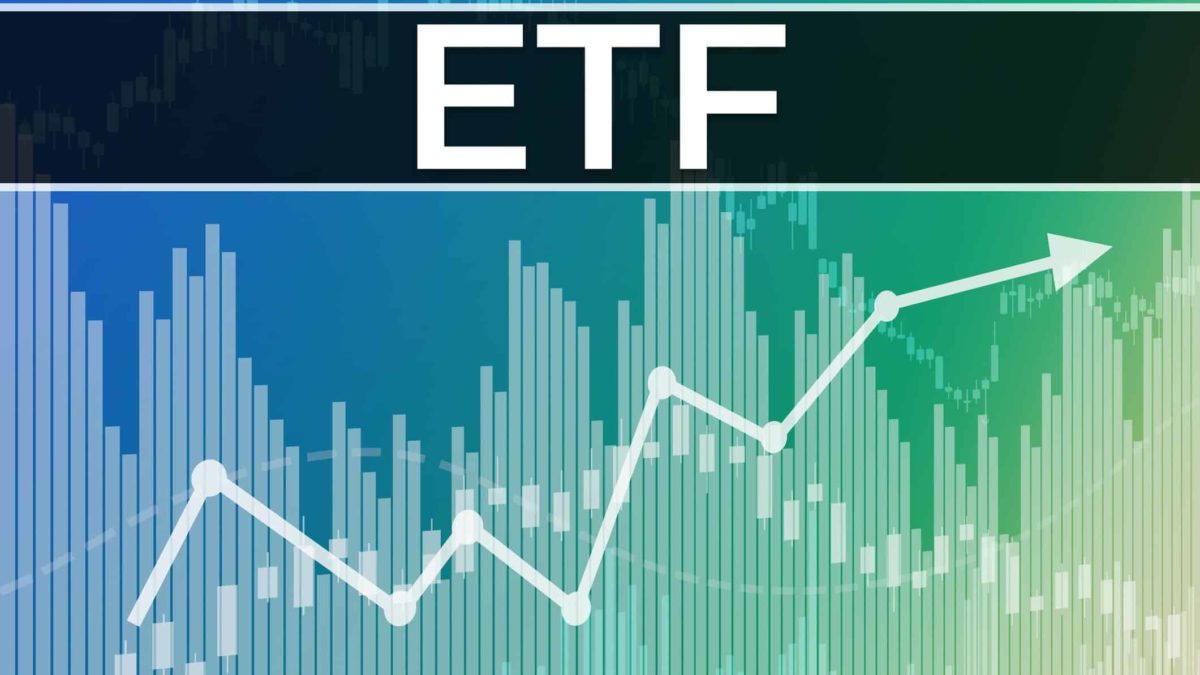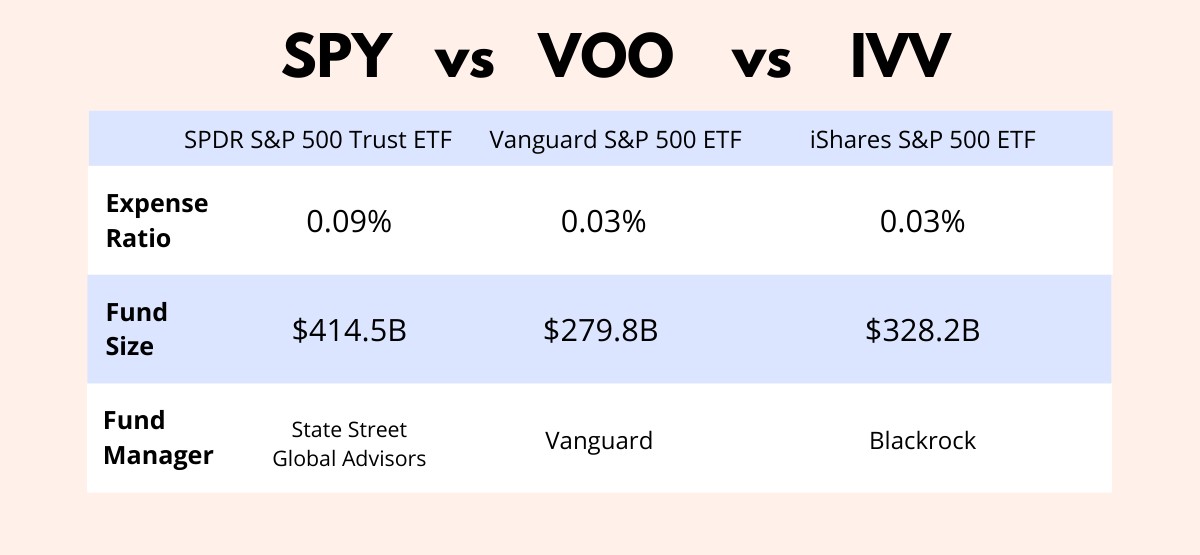Dividends are a key feature for many investors and traders, offering a steady stream of income alongside potential capital gains. The iShares Core S&P 500 ETF (IVV) is one of the most popular ways to gain exposure to the US stock market while also benefiting from regular dividend payments.
This article explains how IVV pays dividends, their frequency, yield, and what traders should consider when investing for income.
What Is IVV?

IVV is an exchange-traded fund (ETF) that tracks the performance of the S&P 500 Index, which includes 500 of the largest publicly traded companies in the United States.
By investing in IVV, traders gain diversified exposure to leading US companies, including tech giants, financial firms, healthcare providers, and consumer brands.
How Do IVV Dividends Work?
IVV pays dividends quarterly, distributing income earned from the underlying stocks in its portfolio. As an ETF, IVV collects dividends from all the companies it holds and then passes them on to shareholders. This process is similar to how individual stocks pay dividends, but with the added benefit of diversification.
Dividend Payment Frequency
-
Quarterly Payouts: IVV typically distributes dividends every three months, aligning with the payment schedules of most S&P 500 companies.
-
Recent Example: The most recent ex-dividend date was 16 June 2025, with the payment made on 20 June 2025.
Next Expected Payment: The next dividend is forecast to be paid on 19 September 2025, with the ex-dividend date expected on 16 September 2025.
Dividend Yield and Amount
-
Current Yield: As of June 2025, IVV's dividend yield stands at approximately 1.30%.
-
Annual Dividend: Over the past year, IVV has paid out around $8.00 per share in dividends.
Recent Payments: The last quarterly dividend was about $1.87 per share, with slight variations depending on the source and calculation method.
Dividend Growth and Stability

-
Growth: Over the past year, IVV's dividend has grown by about 11%, reflecting the increasing payouts from its underlying holdings.
Stability: IVV's dividend payments are relatively stable, supported by the broad diversification and strong cash flows of the S&P 500 companies.
How Are IVV Dividends Paid?
-
Cash Payments: IVV dividends are paid in cash to shareholders' brokerage accounts, typically a few days after the ex-dividend date.
-
Reinvestment Option: Many brokers offer a dividend reinvestment plan (DRIP), allowing shareholders to automatically reinvest dividends into additional shares of IVV.
Taxation: Dividends received from IVV are taxable as income in the year they are paid, even if reinvested.
Key Dates to Know
-
Ex-Dividend Date: To receive the next dividend, you must own IVV shares before this date. For example, the most recent ex-dividend date was 16 June 2025.
-
Payment Date: This is when the dividend is credited to your account. The last payment was on 20 June 2025.
Declaration Date: This is when IVV announces the upcoming dividend, though this is less relevant for traders than the ex-dividend and payment dates.
IVV Dividend Yield in Context
-
Yield Comparison: IVV's current yield of 1.30% is slightly higher than some other large-cap US ETFs, but generally lower than high-dividend or value-focused funds.
-
Historical Range: Over the past five years, IVV's dividend yield has fluctuated, typically ranging between 1% and 2%.
Payout Ratio: IVV's payout ratio is about 32.5%, meaning a moderate portion of earnings is paid out as dividends, with the rest reinvested or retained.
Why Do Traders Care About IVV Dividends?
-
Income Stream: Dividends provide a source of regular income, which can be especially valuable in volatile or flat markets.
-
Total Return: Dividend payments contribute to the total return of an investment, alongside capital gains.
-
Diversification: IVV's broad exposure means dividend payments are less likely to be disrupted by the poor performance of a single company.
Reinvestment: Reinvesting dividends can compound returns over time, helping to grow your investment faster.
How to Trade IVV for Dividends
-
Buy Before Ex-Dividend Date: To receive the next dividend, purchase IVV shares before the ex-dividend date.
-
Monitor Payment Dates: Keep track of payment dates to ensure you receive your dividends on time.
-
Consider DRIP: If you prefer to reinvest, set up a DRIP with your broker to automatically buy more shares with your dividends.
Tax Planning: Be aware of the tax implications of dividend income, as it is taxable in the year received.
IVV Dividends vs Other S&P 500 ETFs

Conclusion
IVV offers traders a simple and effective way to access the dividends of the S&P 500 Index. With a current yield of around 1.30%, quarterly payments, and the option to reinvest, IVV is a solid choice for income-focused investors and those looking to build wealth over time.
By understanding how IVV dividends work and the key dates involved, traders can make informed decisions and maximise the benefits of dividend investing.
Disclaimer: This material is for general information purposes only and is not intended as (and should not be considered to be) financial, investment or other advice on which reliance should be placed. No opinion given in the material constitutes a recommendation by EBC or the author that any particular investment, security, transaction or investment strategy is suitable for any specific person.
























